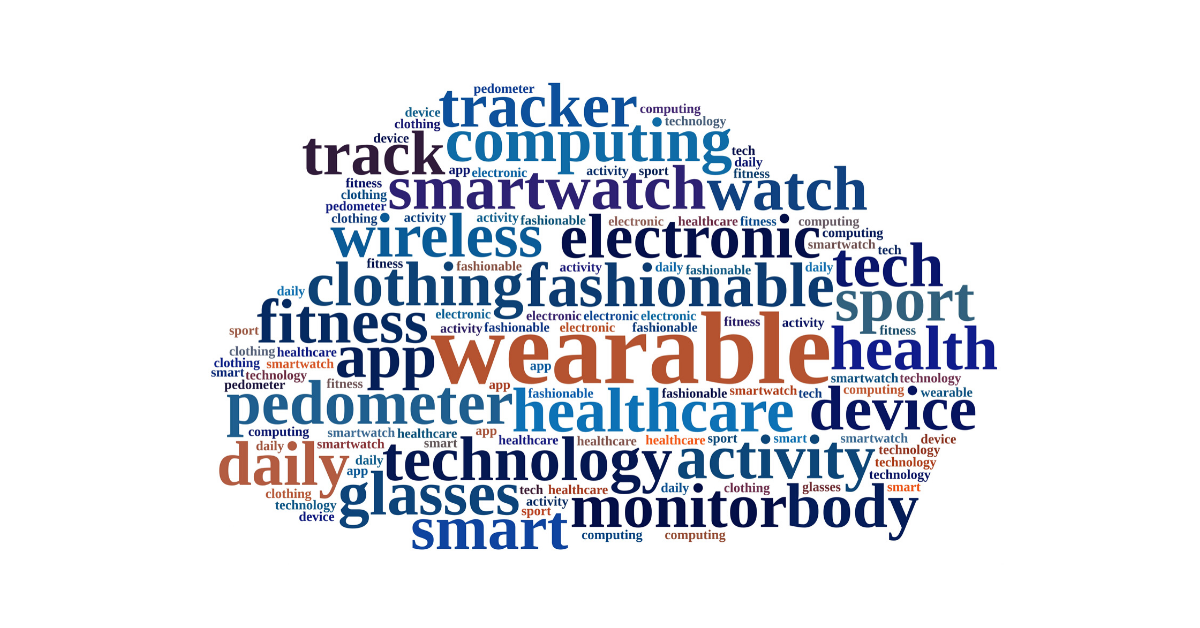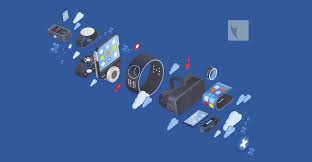Older adults can save tens of thousands of dollars annually by choosing assisted living communities over aging in place in their homes.
Unlike point solutions, Inspiren unifies resident safety, care planning, staffing, and emergency response into a single AI-powered platform.
An artificial intelligence-powered virtual assistant platform for senior living and care providers.
Betting that AI could lighten the clinician load.


 For wearables to be useful to older adults, some barriers need to be overcome. As has been the case with other technology innovations that can provide great benefit to seniors, the value of wearables may be great for older adults -- especially when personalized to the characteristics and needs of an individual. However, the implementation and/or data integration may be lacking. And there may be significant concerns about being tracked or where the data resides. Reviewing the impediments to this useful category actually being adopted -- these may include:
For wearables to be useful to older adults, some barriers need to be overcome. As has been the case with other technology innovations that can provide great benefit to seniors, the value of wearables may be great for older adults -- especially when personalized to the characteristics and needs of an individual. However, the implementation and/or data integration may be lacking. And there may be significant concerns about being tracked or where the data resides. Reviewing the impediments to this useful category actually being adopted -- these may include:
 Not your mother’s pendant or your father’s blood pressure cuff. Today’s wearables, adopted by only a small percentage of older adults, have possibilities for helping many. Research interviews for
Not your mother’s pendant or your father’s blood pressure cuff. Today’s wearables, adopted by only a small percentage of older adults, have possibilities for helping many. Research interviews for  April 2021 – the season for tech surveys.
April 2021 – the season for tech surveys.